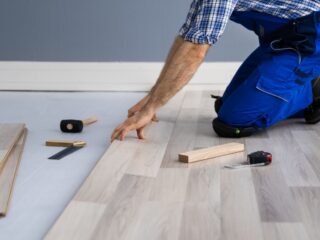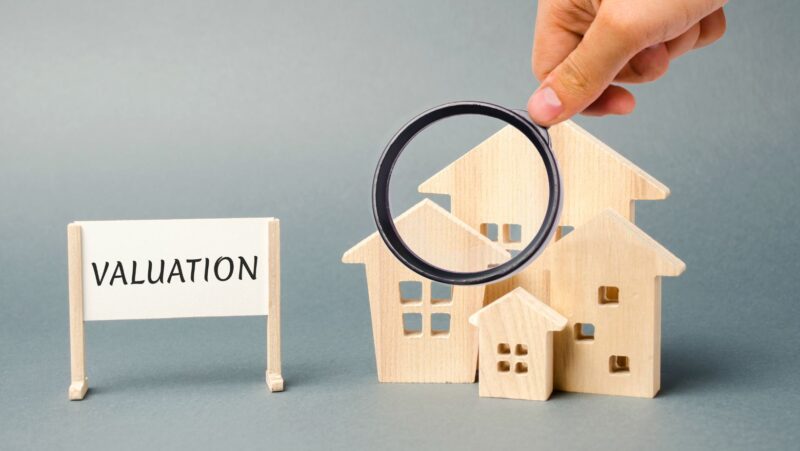
In recent years, the design world has undergone a significant transformation as sustainability becomes more than just a trend—it’s a necessity. From architecture and interiors to fashion and product design, the emphasis on eco-conscious practices is reshaping how we create and consume. This shift towards sustainable aesthetics isn’t merely about reducing environmental impact; it’s about crafting designs that last, serve a purpose, and contribute to a healthier world. Designing with purpose has become the core philosophy for creators who strive to innovate without compromising the planet’s future.
As the need for sustainable practices grows, we see a shift in consumer preferences as well. Shoppers, clients, and investors increasingly prioritize sustainable values in the brands and designs they support. They look for companies that don’t just create visually pleasing products but that respect environmental and social standards. This shift has placed a newfound pressure on designers to not only improve the visual appeal of their work but also to think critically about the materials, processes, and energy sources they use. The sustainable shift in modern aesthetics is a call to rethink the lifecycle of a product or space—from its conception and creation to its ultimate disposal or repurposing.
The Growing Demand for Sustainable Aesthetics
In recent years, the term “sustainable design” has expanded to encompass not just the selection of eco-friendly materials but also the integration of energy-efficient technologies, local sourcing, and waste reduction.
With mounting environmental concerns, both consumers and creators are becoming increasingly aware of their ecological footprints. This awareness has catalyzed a demand for design work that reflects values of longevity, environmental respect, and resource efficiency. The push for sustainability has influenced how designers approach everything from the types of materials they select to the way they organize their supply chains.
Fashion designers are choosing organic fibers over synthetic, single-use fabrics. Interior designers are leaning toward reclaimed wood and natural dyes. Architects are exploring renewable energy options and green roofs to mitigate the impact of new buildings on the environment. This shift has inspired the design community to innovate in ways that align with an ethos of sustainability. Incorporating sustainable materials, such as bamboo, recycled metal, and low-VOC paints, is becoming commonplace. Moreover, designers are thinking more strategically about the longevity of their work by creating timeless aesthetics that reduce the need for constant updates and replacements.
Redefining Aesthetic Principles for Sustainability
Sustainable aesthetics is not about compromise; it’s about balance. Designers are now blending the best aspects of contemporary style with eco-conscious choices. Where once luxury might have been defined by exotic materials and rarity, today, luxury is being redefined by a design’s ethical and environmental credentials. Sustainable aesthetics involve selecting materials that are durable, recyclable, and biodegradable wherever possible.
This shift doesn’t mean forgoing beauty or originality. Rather, it’s about finding creative solutions that marry form and function. Take, for instance, eco-friendly furniture. Designers might opt for modular pieces that are easily repairable or made from sustainably harvested wood and recycled textiles. These pieces not only embody a beautiful minimalist design but are also durable, reducing the need for frequent replacements. The focus on sustainability has also led to the rise of multi-functional spaces and items, maximizing usage while minimizing waste. For example, modular home designs can transform limited space into multi-functional areas with minimal environmental impact, while energy-efficient lighting enhances aesthetic appeal and reduces energy consumption.One exemplary firm leading the charge in sustainable design is Van Voorhis Architects. Known for their commitment to eco-friendly building practices, they seamlessly integrate sustainability into each project, proving that style and responsibility are not mutually exclusive. Their designs embody both aesthetic appeal and environmental mindfulness, showing the industry that sustainability can enhance rather than hinder creativity.
Innovations Driving Sustainable Aesthetics
Behind the sustainable shift in modern design are numerous technological innovations. Designers now have access to a wide range of eco-friendly materials, advanced manufacturing techniques, and intelligent design tools that reduce waste. For instance, 3D printing allows designers to create custom pieces on demand, which can drastically cut down material waste compared to traditional methods. Digital tools also aid in the efficient use of resources and help minimize waste by creating precise prototypes before manufacturing.
Additionally, the concept of “cradle-to-cradle” is becoming a staple in modern aesthetics. This approach encourages a full lifecycle mindset where a product is designed to be fully reusable or biodegradable after it reaches the end of its usefulness. By ensuring that a product can either be broken down and reintegrated into nature or easily repurposed, designers are paving the way for a circular economy. This sustainable approach emphasizes not just the beauty of a product or space but also its afterlife, ensuring that it does not contribute to waste or environmental degradation.
Sustainable Design as a Competitive Advantage
In today’s market, sustainability isn’t just a value-added feature; it’s a competitive advantage. Brands and designers who embrace sustainability stand out in a crowded marketplace. Businesses are finding that consumers are more willing to invest in high-quality, sustainable products and services, even if they come at a premium. Sustainable brands have stronger reputations, loyal customer bases, and a positive social impact, making sustainability not only an ethical choice but also an economically viable one.
Designers who incorporate sustainable aesthetics into their work also experience an advantage in the growing field of eco-conscious certifications and grants. These credentials appeal to a broader client base and open up opportunities in collaborations, press, and partnerships that are unavailable to those who overlook the importance of sustainability. By showcasing their commitment to sustainability, designers can build a brand that resonates deeply with eco-conscious consumers, further distinguishing themselves in the industry.
Looking to the Future: Sustainability as the New Standard
The sustainable shift in modern aesthetics is more than a movement; it’s the future of design. Designers, businesses, and consumers must embrace sustainability as a new standard rather than an option. As the design community continues to innovate, the boundaries of sustainable aesthetics will continue to expand. New eco-friendly materials, technologies, and design philosophies will emerge, driving the industry toward a future where beauty and responsibility coexist harmoniously.














